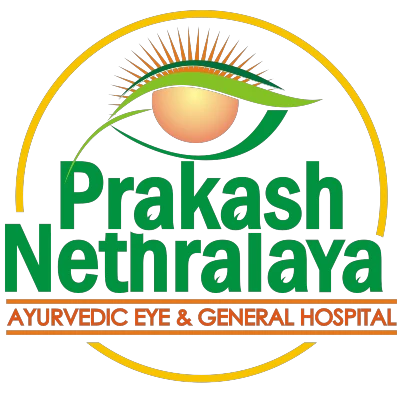What is Paralysis?
Paralysis is a condition in which the person loses muscle function of one or more than one muscle. Paralysis means the loss of motor skill permanently or temporarily that can be accompanied by a loss of sensation in the affected area.
Reasons for Paralysis
There are three types of paralysis – Permanent, Temporary, and Pseudo Paralysis. The reasons for paralysis for all three kinds are listed below :
- Damaged nervous system
- Stroke
- Trauma
- Nerve injury
- Poliomyelitis
- Cerebral palsy
- Peripheral neuropathy
- Parkinson’s disease
- ALS
- Botulism
- Spina bifida
- Multiple sclerosis
- Guillain–Barre syndrome
- REM sleep
- Drugs
- Mental stress
Paralysis Symptoms
When it comes to paralysis, a person suffers a stroke of paralysis. This stroke has a few signs and symptoms that can provide hints to it being a paralysis attack. A few signs of paralysis are:
- Numbness in certain parts of the body
- Muscle cramps
- Weakness
- Slurred speech
- Confusion
- Lack of hand-eye coordination
Methods Used to Determine The Causes of Paralysis
It is relatively easy to diagnose paralysis as the clear sign of body muscles not working can be seen. And in most cases, the causes for paralysis attacks are also evident easily. If the person suffered a stroke right before the attack then that is the sign but in some cases, there is no external factor or the factor is not as easy to detect. In that case, diagnosis is done to understand why the paralysis occurred. The tests used are listed below:
- CT scan: A detailed cons-sectional image of the body is produced via radiations and computers.
- X-ray: Radiations are made to pass through the body to make a dense structure diagram of the insides of the body.
- MRI: Magnets, radio waves, and computers are used to make a diagram of the inside of the body of a patient.
- Myelography: Contrast dye is injected into the body to make the diagram more clear when an X-ray, CT scan, or MRI is performed
- Spinal tap: Fluid is extracted from the spinal cord via injection for further test.
- Electromyography: This test measures the electrical activity in the nerves and the muscles of the patient.
Ayurvedic Treatment For Paralysis
- Narayana Taila: It is oil that is used in order to massage the body. Oiling can relax the muscles and is the best ayurvedic treatment for paralysis.
- Rajasirobhushanam: 1 gram of this tablet, which is normally 5 doses of this needs to be taken with honey two times daily or as prescribed by the doctor. This ayurvedic treatment for paralysis is used to rectify partial paralysis, facial paralysis, and tongue paralysis.
- Rasarajarasa: It is another dosage of 1 gram or 5 tablets at a time but with the juice of ginger with honey. And can help solve paralysis.
- Ekangaveerarasa: When nerve debility occurs, this dosage is prescribed for ayurvedic treatment of paralysis.
- Vatagajamkusa: When it comes to hemiplegia and paraplegia, this is given to the patient. One tablet should be taken twice a day with a mixture of ginger juice and honey or a decoction of trikatuka two times a day.
- Masha Taila: This is a massage oil that is used for ayurvedic treatment for paralysis. Two massages need to be done with this oil daily that can last up to 1 hour.
- Sidhamakaradhwaja and Yogendra Rasa: These are two nervous system tonics and as paralysis is caused by malfunction of the nervous system, these can be administered to the patient to make him or her feel better.
Paralysis Treatment in Ayurveda can be time-consuming but it yields results and that is what matters when comes to the body.



